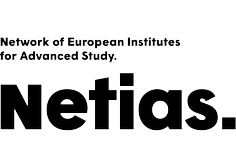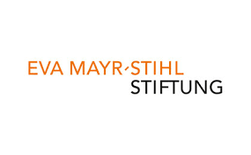Prof. Dr. Akbar Salam
Chemie
External Senior Fellow
Marie S. Curie FCFP Fellow
Januar - Mai 2019
CV
Education:
- 1990 BSc in Chemical Physics (First Class Honours), University College London
- 1993 PhD in Chemistry, University College London
Employment:
- 2003 Assistant Professor, Wake Forest University
- 2009 Associate Professor, Wake Forest University
- 2014 Full Professor, Wake Forest University
Honours and Awards:
- 1990 Harry Poole Prize, University College London
- 1994 The Royal Society (London) Postdoctoral Fellowship
- 2005 Wiley-International Journal of Quantum Chemistry Young Investigator Award
- 2009-2012 Ollen R. Nalley Faculty Fellowship, Wake Forest University
- 2010 Award for Excellence in Research. Wake Forest University
- 2017 Mercator Fellow. Deutsche Forschungsgemeinschaft (DFG) and University of Freiburg
Publikationen (Auswahl)
- D. L. Andrews, G. A. Jones, A. Salam and R. G. Woolley, “Perspective: Quantum Hamiltonians for Optical Interactions”, J. Chem. Phys. 148, 040901 1-10 (2018). Invited article.
- P. Barcellona, H. Safari, A. Salam and S. Y. Buhmann, “Enhanced Chiral Discriminatory van der Waals Interactions Mediated by Chiral Surfaces”, Phys. Rev. Lett. 118, 193401 1-5 (2017).
- A. Salam, Non-Relativistic QED Theory of the van der Waals Dispersion Interaction. Springer, Basel, Switzerland, pp. 105, (2016). ISBN: 978-3-319-45604-1 (Print) 978-3-319-45606-5 (Online).
- A. Salam, “Mediation of Resonance Energy Transfer by a Third Molecule”, J. Chem. Phys. 136, 014509 1-5 (2012).
- A. Salam, Molecular Quantum Electrodynamics. Long-Range Intermolecular Interactions. John Wiley & Sons, Inc., Hoboken, NJ, USA, pp. 399, (2010). ISBN: 978-0-470-25930-6. e-book edition, 2014. ISBN: 978-0-470-53546-2.
FRIAS-Projekt
Development of Quantum Electrodynamical Theories of Resonance Energy Transfer
The theory of quantum electrodynamics (QED) will be developed and applied to the study of molecular resonance energy transfer (RET), with particular emphasis placed on the effect that one and two additional particles have in modifying the exchange rate. In this formulation, RET is mediated by the exchange of a single virtual photon between excited donor and unexcited acceptor species, as well as between coupled additional particles. Rates valid for all separation distances beyond wave function overlap for oriented and isotropic systems will be evaluated. Discriminatory migration of energy influenced by a non-chiral or chiral third-body will also be examined. Through this microscopic approach to many-body RET, supplemented by macroscopic QED calculations, further insight will be gained into exchange of energy in a medium.





